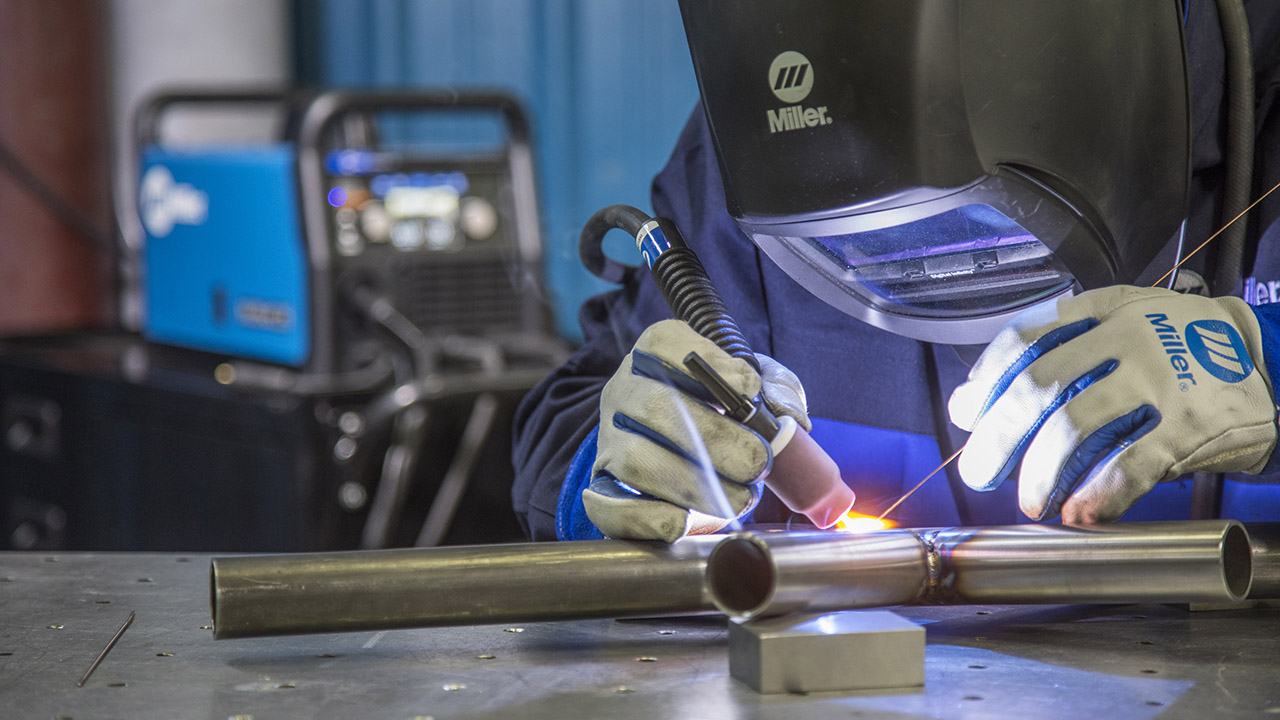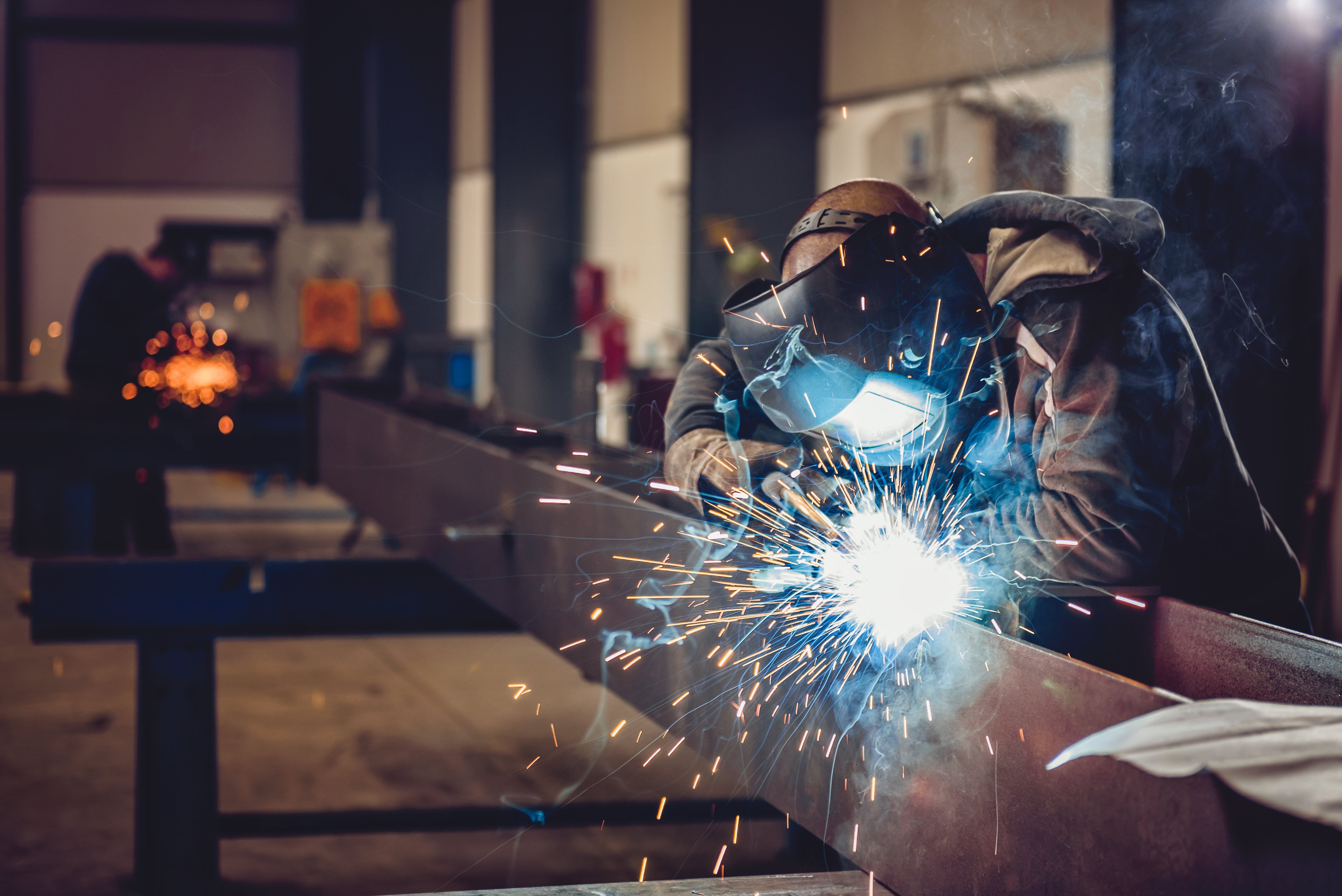Common Welding Repair Service Issues and How to Address Them Effectively
Welding repair work usually come across a variety of problems that can endanger the integrity of the last product. Common problems include inadequate penetration, porosity, and imbalance, among others. Each problem offers one-of-a-kind challenges that require certain techniques for resolution. Understanding these issues is essential for welders intending to improve their end results and abilities. This discussion will certainly discover these typical welding repair work issues and efficient techniques to address them.
Inadequate Penetration
Inadequate infiltration happens when the weld steel stops working to completely fuse with the base material, causing weak joints and potential architectural failures. This concern frequently originates from insufficient warm input, incorrect electrode angle, or inappropriate welding speed. Welders might run into insufficient penetration because of a mistake of the required criteria for a certain product density or kind. In addition, contamination on the base material's surface area can hinder reliable bonding, intensifying the issue. To resolve insufficient penetration, welders must assure suitable settings on their devices and keep a clean job surface. Regular assessment of welds is advised to determine any deficiencies early, enabling timely corrections and the prevention of compromised structural integrity in bonded assemblies.
Porosity
Porosity is an usual flaw in bonded joints that manifests as small gas bubbles caught within the weld metal. This issue can jeopardize the integrity of the weld, resulting in minimized strength and prospective failure under tension. Belgrade Fabrication. Porosity normally arises from contamination, wetness, or inappropriate welding techniques, which allow gases to leave into the molten weld pool. To attend to porosity, welders should ensure appropriate surface area preparation, maintain a tidy workplace, and make use of suitable welding criteria. Furthermore, choosing the appropriate filler material and securing gas can minimize gas entrapment. Routine evaluation and screening of welds can assist determine porosity early, assuring timely rehabilitative activities are taken, consequently protecting the high quality and integrity of the bonded structure
Misalignment
Imbalance in welding can emerge from numerous variables, including improper arrangement and thermal growth. Recognizing the root triggers is crucial for reliable resolution. A number of improvement methods are offered to realign elements and ensure structural stability.
Causes of Imbalance
Welding imbalance usually originates from a range of underlying concerns that can jeopardize architectural integrity. One key reason is incorrect fit-up of parts prior to welding, which can bring about spaces and irregular surface areas. Variations in thermal development during the welding procedure can also result in distortion, especially if the products being joined have various coefficients of expansion. Additionally, insufficient fixturing and clamping might fall short to hold parts safely in location, bring about activity throughout welding. Poorly maintained devices, consisting of welding devices and devices, may introduce variances in the weld bead, more adding to misalignment. Operator error, stemming from insufficient training or experience, can also play a considerable function in producing misaligned welds.

Modification Strategies Offered
Addressing imbalance efficiently requires a mix of rehabilitative strategies tailored to the certain issues handy. One usual technique is the use of fixtures or jigs to hold elements in the proper setting throughout welding, guaranteeing consistent positioning. Additionally, preheating the products can assist minimize distortion and improve fit-up. For substantial imbalance, mechanical adjustment techniques, such as making use of hydraulic jacks or clamps, can be employed to fix the placement before welding. Post-weld warm therapy might also be required to ease stress and anxieties brought on by misalignment. Lastly, mindful assessment and adjustment during the configuration stage can prevent misalignment problems from ending up being substantial issues, promoting a smoother welding process and improving general architectural honesty.
Distortion
Distortion is a typical obstacle in welding that can emerge from numerous variables, including unequal heating & cooling. Understanding the reasons for distortion is necessary for applying reliable prevention techniques. Addressing this problem not just improves architectural stability yet additionally boosts the overall top quality of the weld.
Root causes of Distortion
When based on the extreme warmth of welding, products often undertake modifications that can cause distortion. This sensation mainly develops from thermal growth and contraction during the welding procedure. As the weld area warms up, the material increases; upon cooling, it acquires, which can produce interior stresses. Additionally, irregular home heating across a work surface can exacerbate these anxieties, causing warping or bending. The kind of product likewise plays a considerable function; metals with differing thermal conductivity and coefficients of expansion might react differently, resulting in unpredictable distortions. Inadequate joint design and insufficient fixturing can contribute to misalignment throughout welding, increasing the likelihood of distortion. Understanding these causes is vital for effective welding repair work and avoidance techniques.
Avoidance Techniques
Effective prevention techniques for distortion during welding emphasis on regulating warm input and making certain appropriate joint layout. Preserving a consistent warmth input helps to lessen thermal development and contraction, which can result in distortion. Utilizing methods such as pre-heating the workpiece can additionally minimize the temperature slope, advertising consistent heating. Additionally, selecting appropriate joint designs, such as T-joints or lap joints, can improve security and lower stress concentrations. Carrying out proper fixturing to secure the work surfaces in position even more aids in maintaining placement during the welding process. Lastly, staggered welding sequences can distribute warm a lot more equally, avoiding local distortion. By applying these approaches, welders can substantially reduce the possibility of distortion and improve the overall quality of their welds.
Fracturing
Splitting is a common issue come across in welding repair work, typically resulting from different factors such as improper cooling rates, material option, or inadequate joint prep work. The event of fractures can significantly endanger the honesty of the weld, bring about potential failures throughout operation. To resolve this issue, welders should first analyze the source, making certain that materials are suitable and suitably selected for the specific application. Additionally, managing the air conditioning rate during the welding process is necessary; fast air conditioning can induce anxiety and cause cracking. Appropriate joint style and preparation likewise add to minimizing the danger. Applying these approaches can enhance weld top quality and toughness, inevitably lowering the likelihood of cracking in ended up weldments.

Incomplete Combination
A significant problem in welding fixings is insufficient fusion, which occurs when the weld metal does not properly bond with the base product or previous weld passes - Belgrade Welding. This problem can lead to weak points in the joint, possibly endangering the stability of the welded framework. Factors adding to insufficient fusion include insufficient warmth input, inappropriate welding technique, and contamination of the surfaces being signed up with. To resolve this concern efficiently, welders must guarantee appropriate pre-weld cleaning and surface area preparation, in addition to adjust their welding criteria to attain sufficient infiltration and fusion. Regular see page assessment during the welding process can likewise help determine incomplete blend early, enabling prompt rehabilitative actions to improve the total quality of the weld
Overheating
While welding repair work can enhance structural honesty, overheating presents a significant challenge that can bring about product deterioration. Too much warm throughout welding can alter the mechanical homes of steels, causing decreased strength, enhanced brittleness, and warping. This sensation is specifically critical in high-stress applications where architectural integrity is vital. Recognizing overheating can involve visual assessments for discoloration or distortion, along with monitoring temperature during the welding process. To reduce the risks connected with getting too hot, welders should employ ideal strategies, such as controlling warm input, adjusting travel speed, and utilizing appropriate filler materials. Additionally, executing pre- and post-weld warm therapies can assist restore product residential properties and improve the general high quality of the repair work, guaranteeing lasting performance and safety and security.
Regularly Asked Concerns
What Are the Common Indications of a Welding Flaw?

How Can I Test My Welds for Top quality?
To evaluate welds for quality, one can utilize aesthetic inspections, ultrasonic testing, and radiographic techniques. Each strategy ensures structural stability, recognizes flaws, and validates adherence to defined standards, eventually boosting the reliability of the bonded joints.
What Safety Precautions Should I Take While Welding?
When welding, one must prioritize security by putting on appropriate individual safety tools, guaranteeing proper ventilation, securing combustible materials away, maintaining a tidy office, and recognizing surroundings to avoid accidents and injuries.
Can I Fix a Weld Without Redesigning the Entire Joint?
Fixing a weld without redoing the entire joint is possible, relying on the damages (Montana Mobile Welding and Repair). Methods such as grinding, including filler product, or making use of a welding process can properly see address certain flaws while preserving the bordering framework
What Tools Are Important for Efficient Welding Fixes?
Important devices for reliable welding repair work include a welding equipment, cord brush, grinder, protective equipment, clamps, and filler materials. Each device plays a vital role in making sure high quality and safety during the repair work process. Porosity typically occurs from contamination, moisture, or incorrect welding techniques, which enable gases to run away into the molten weld pool. Poorly conserved equipment, consisting of welding makers and tools, might introduce variances in the weld bead, additional contributing to misalignment. When subjected to the intense warm of welding, products typically undertake modifications that can lead to distortion. Breaking is an usual problem come across about his in welding repair services, commonly resulting from various factors such as inappropriate air conditioning rates, material choice, or insufficient joint prep work. A considerable problem in welding repairs is incomplete combination, which occurs when the weld metal does not properly bond with the base material or previous weld passes.